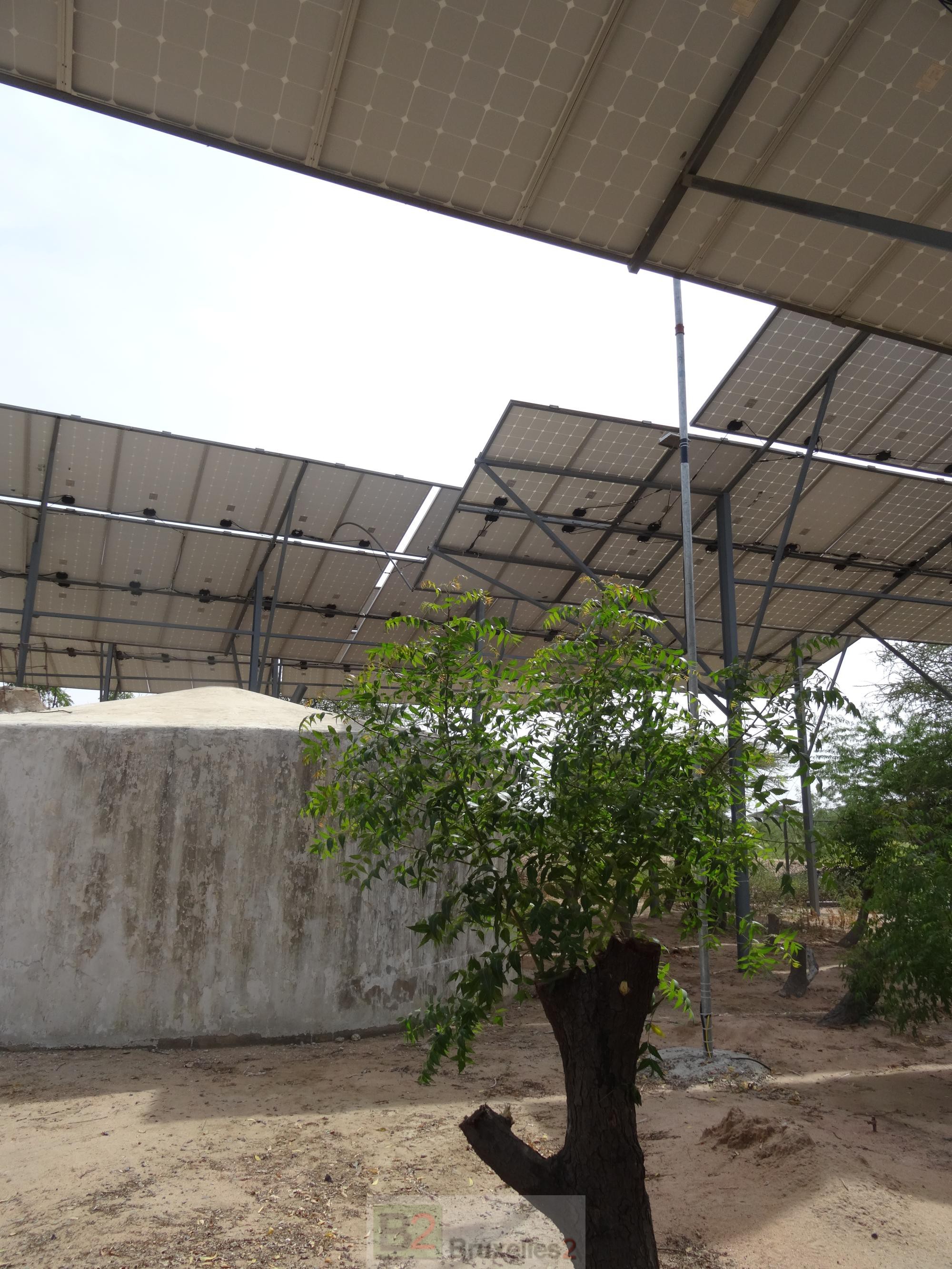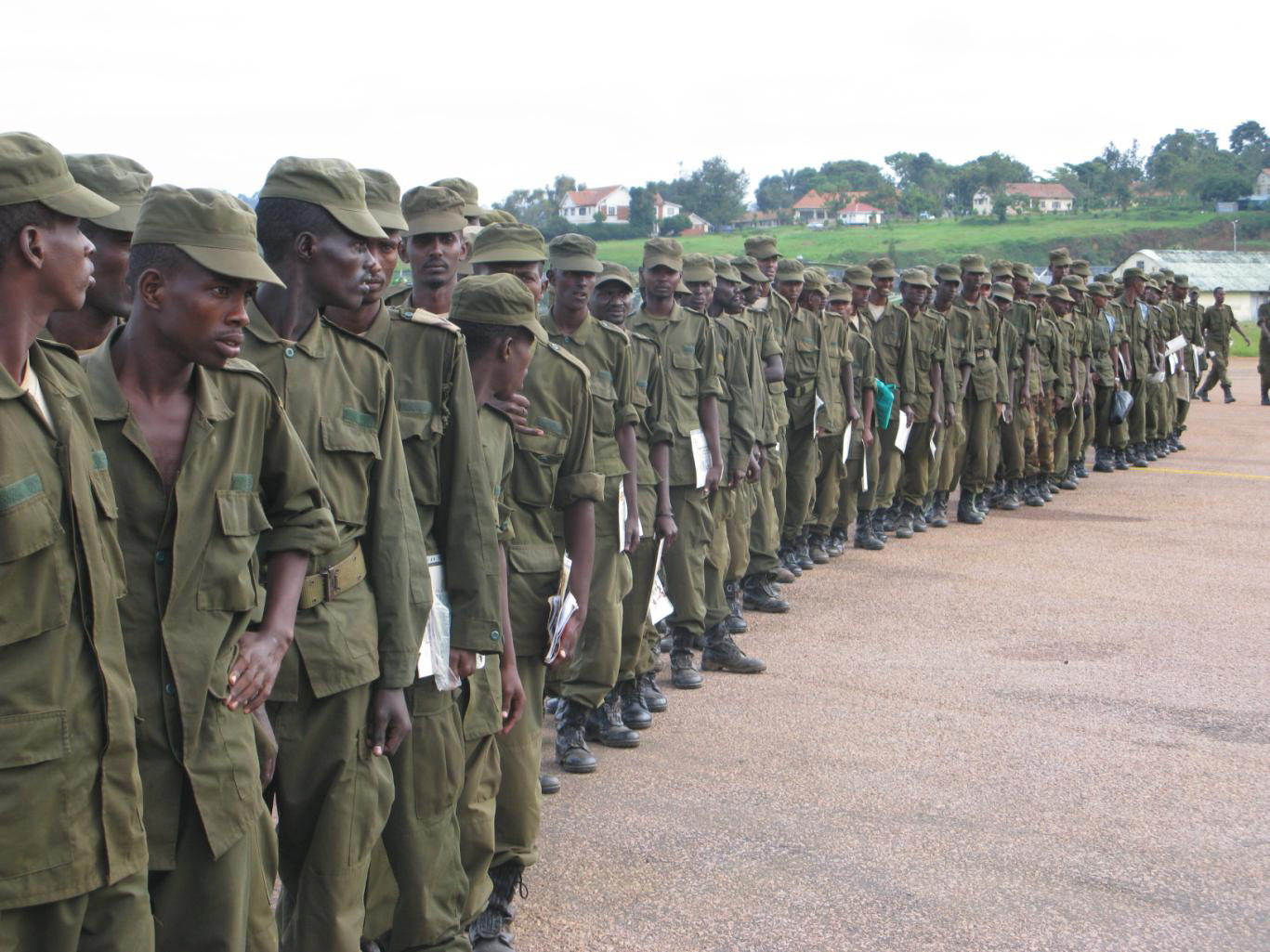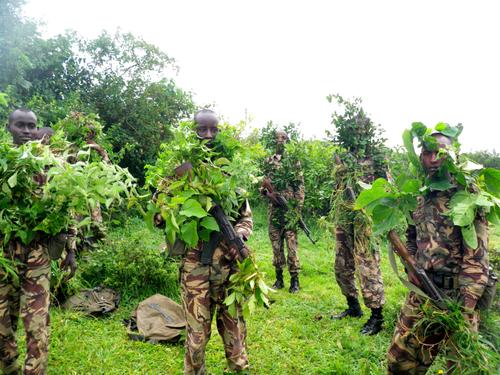In Dadaab camp (Kenya), nearly 350.000 refugees on humanitarian infusion
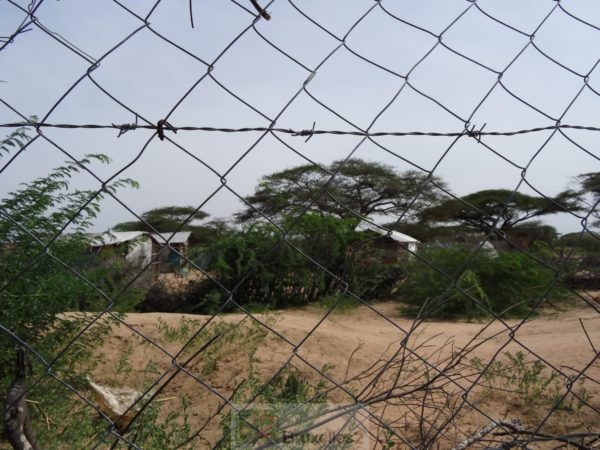 (BRUSSELS2) A paradise for Western and Asian tourists who come to tread the white sand beaches of Lamu, touch the snow of Mount Kenya or venture into the reserves and animal parks or departing for Zanzibar, Kenya is also, for nearly half a million of people, a country of refuge in the Horn of Africa. This is where the European Commissioner for Humanitarian Action, Christos Stylianides, visited a few days ago. B2 was there...
(BRUSSELS2) A paradise for Western and Asian tourists who come to tread the white sand beaches of Lamu, touch the snow of Mount Kenya or venture into the reserves and animal parks or departing for Zanzibar, Kenya is also, for nearly half a million of people, a country of refuge in the Horn of Africa. This is where the European Commissioner for Humanitarian Action, Christos Stylianides, visited a few days ago. B2 was there...
In Garissa County, Eastern Kenya, in an arid zone where the red earth flies at the slightest step, lies the largest refugee camp in the world, Dadaab. At the end of January, it hosted nearly 350.000 refugees. The flow of entries calmed down in 2015, while for the past year a program has been supporting returns to Somalia (read: Dadaab camp. Departing to return to Somalia).
A complex of 5 camps
Rather than a camp, we must speak of a complex. Dadaab is made up of 5 camps. Ifo, the oldest, was opened in 1991 by the High Commissioner for Refugees, at the request of the Kenyan government to respond to the flight of thousands of Somalis crossing the border two hours away. It was the start of the Somali civil war. Dagahaley and Hagadera followed in 1992, then Ifo 2 and Kambioos, more recently, in 2011, to decongest the older camps in the face of the new influx of Somali refugees. More than nine out of ten refugees are Somalis.
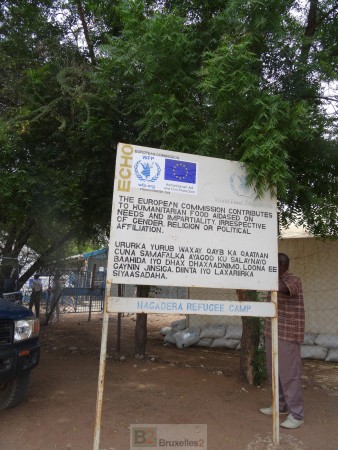 Focus on the largest of these camps: Hagadera
Focus on the largest of these camps: Hagadera
The Hagadera camp is the largest. 8,7 km2. 106.765 people live there, sometimes for generations. This is where the European Commissioner for Humanitarian Action and Crisis Management went on 20 January. From schools to help desk (information points), passing through the food distribution, the pediatric center, the maternity ward, the hospital, the cholera treatment center, a borehole powered by solar panels, the commissioner was able to see the " good use » European funds. If the infrastructure would be the envy of refugees living in much more miserable conditions in neighboring countries, Dadaab remains a camp where people are totally dependent on humanitarian aid from the international community. Blame it on a situation which in Somalia has not improved, on the climatic disasters which have added misery to the violence in the Horn of Africa.
Humanitarian dependency
The humanitarian organizations have not let up on their interventions, the commissioner moreover confirmed that the European Union would continue to provide financial support. Nearly 17 organizations are involved in Hagadera. Food aid is mainly provided by the World Food Programme. the International Rescue Committee (IRC) provides health care, access to drinking water. The High Commissioner for Refugees coordinates the intervention of these actors. Without them, " everything stops ". Refugees don't really have the right to work. Nor other resources than those that their families can send them.
A duration that puts donors to the test
The longevity of this camp is testing donors. United Nations organizations and NGOs are facing a reduction in their appropriations. The repercussion is direct on the aid provided to the refugees and the living conditions which remain outside humanitarian standards. The World Food Program had to cut its food portions by a third last year. They have since been reinstated following a new appeal to donors, but with caution. Only small households collected 100% of the rations. The other households (medium and large) must content themselves with rations reduced to 85 or 70%. The latrines are not in sufficient number nor the water points (each point is shared by 123 people when the standard is 80 people). The 4 clinics and a hospital treat an average of 454 people per day according to the UNHCR. The health system is also below standard.
Education: priority
With regard to education, a priority of European Commissioner Christos Stylianides (read article to be published), Hagadera has 7 primary schools, two secondary schools, a literacy center for adults, a vocational training center and a training center for information and communication technologies (ICT), a pompous name for a classroom equipped with computers, but where the internet has not yet arrived. When the standards are 40 schoolchildren per class, here, the gauge climbs between 100 and 120. Similarly, barely a third of children are in school, the rate plummets to 15% for secondary school. As the Commissioner pointed out, the number of girls in school is much lower than that of boys. By witnessing these three rows of boys, against a row of girls, gathered under a suffocating marquee to welcome the commissioner. Some still manage to continue their studies, go to university. Barely a few.
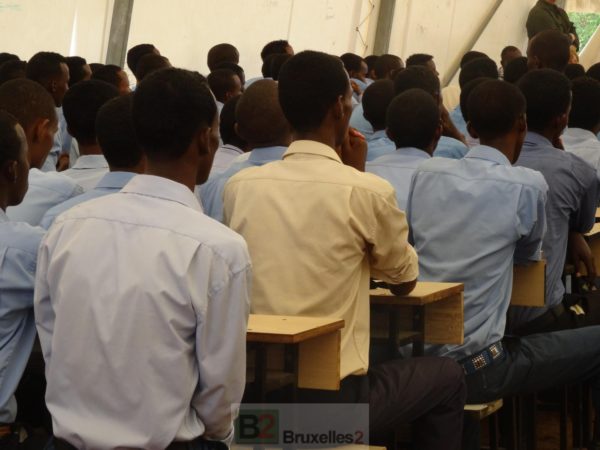
Increased vulnerability to epidemics
The progression of the Cholera epidemic which reached Dadaab on November 18, 2015 testifies to the great precariousness of living conditions. The county of Garissa where the camp is established is the 22nd county in Kenya to have been affected by the epidemic which declared itself in the country in December 2014. The impact here has been dazzling. Between November 2015 and January 2016, nearly 1500 people were infected, 11 died, the majority of children. During the previous cholera epidemic in the camp, in 2011, 1245 people were affected in five months, by the time the epidemic was stopped.
Latent insecurity
Insecurity is another scourge of Dadaab. Several humanitarian workers paid for it with their lives. Besides, the commissioner's visit took place under guard. In particular that of the police officers in charge of camp security (75 officers divided into three posts). The immensity of the site is in question. In some places, no one has visited for a long time. The services are grouped together in blocks, often protected by gates and barbed wire. Outside, where the residential blocks are scattered over square kilometres, " we don't know what's going on ».
Banditry and prostitution
Beyond terrorism (see article on refugees in Kenya), it is above all banditry and ordinary crime from which the camp suffers. Prostitution in exchange for food is a reality. On a poster, a slogan also explains to young women that their bodies are not a bargaining chip. " But when it comes to feeding the family, some have no other choice “, reacts a humanitarian.
The need for a new model
When the first camps were created to assist the refugee population, the approach was that: it wouldn't last ". It has been going on for 25 years. All the mechanisms put in place were based on the principle of a departure " tomorrow ". As summarized by Raouf Mazou, UNHCR representative in Kenya, humanitarian action " is no longer sustainable ". Jean-Marc Jouineau, from the office of the European Humanitarian Aid Office (ECHO) in Nairobi, adds: " being here for 25 years is an anomaly, however it is not a question of leaving, but of finding something else ».
An interrogation
The duration of this camp forces humanitarian workers to at least question their intervention, and to imagine new responses. The urgency is also financial. This is what led the World Food Program to introduce virtual vouchers in the form of electronic money. The challenge is both to diversify the food of the refugees, to reduce the black market of the rations distributed, and to support the local economy.
Develop the informal economy
« There is an informal economy here, let's make it formal. Let's promote development. This does not mean that we will keep people here longer, at least we will lose less energy, we will let people lock themselves in dependency less, and inequalities will widen with local populations. concludes Raouf Mazou. A project is being studied by the UNHCR, it could see the light of day in the other refugee camp of Kakuma, in the north of the country, in the region of Turkana. A project closely monitored by the European Humanitarian Aid Office.
(Emmanuelle Stoesser)
Read the rest of the report:
- Dadaab camp. Departing to return to Somalia
- Over half a million refugees in Kenya. From hospitality to confinement
- The needs are increasing. We must think about other financing, private (Christos Stylianides)
